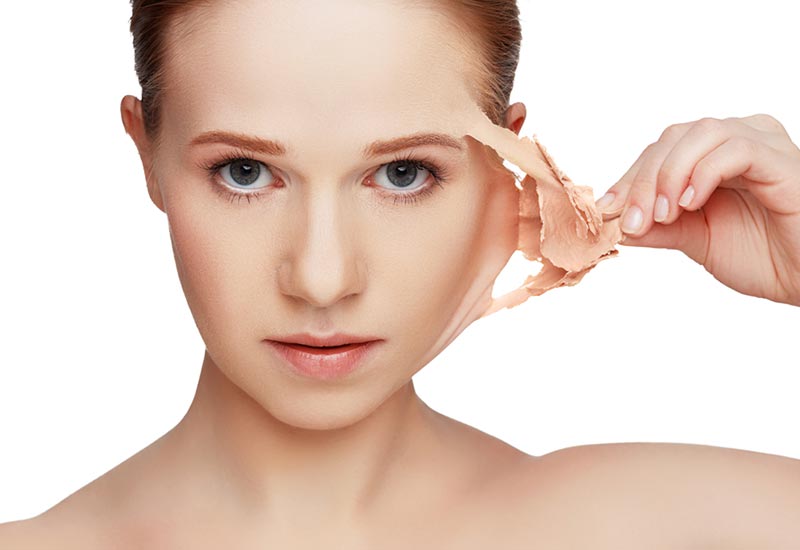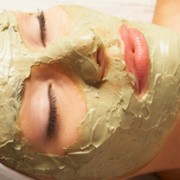
The skin of older people tends to be dry and flaky always as compared to that of younger people. However, this is the case for those who are undergoing the inevitable aging process but for women experiencing dryness of their skin; the condition may not necessarily be aging per say but a combination of other factors that can easily be avoided or controlled for a healthy and naturally looking skin. Besides, before trying to take care of dry skin, it is important to know everything about it-the causes, hoe to identify it and the relevant treatment remedies.
Causes of dry skin
Dry skin is attributed to inadequate sebum in the skin. This also has the effect of making the skin very sensitive. Even though there are no direct traceable factors that cause dry skin, there are situations or factors that have scientifically been proven to accelerate the effect. Examples of such factors include heredity, age, genetic composition, health and certain types of artificial soaps and detergents. While some of these factors are beyond your control, the majority of them can be manipulated to facilitate a healthy development of dry skin. Certain types of soaps, on the other hand, can lead a dry skin, particularly if used on a regular basis.
Identifying a drying skin
The most common skin regions that manifest dryness are the abdomen, limbs, and the ankle region. If you are experiencing an itchy or irritating skin, the chances are that you are developing a dry skin. This itching sensation is caused by the red patches on the surface of the skin which worsen on scratching or rubbing by hands, other body parts or even the garment you are putting on. If the drying skin is not cared for or better yet treated in good time, cracks will start to form, an indication of serious skin problem.
How to prevent dry skin
Women’s skins are different from men’s skin with particular reference to the size of their oil glands. As a result, men can produce more sebum from the sebaceous glands which contain more androgen receptors than those of women and thus tend to be less susceptible to dry skin as women are. The relatively few sebum also makes women more prone to breakouts and black heads. Keeping a healthy skin, moisturized skin, therefore, involves minimizing the use of harmful chemicals and skin products that tend to offset the imbalance in sebum production. It is the most effective general rule on how to prevent dry skin and with that in mind, consider the following tips:
1. Avoid hot showers
The body’s natural oil barrier is responsible for trapping the moisture on the skin’s surface for extensive periods of time. This explains why those with dry skin also find it difficult to keep the skin supple. In addition to keeping the skin moist, it is also responsible for the skin’s hydrated nature. Shower sessions especially those involving the use of hot water can strip the skin of the natural oils thus leaving it bare. The situation becomes worse with lengthy showers as most people tend to love. Avoid hot showers if you can.
2. Avoid fragrances
Speaking of showering, opt for herbal soaps that do not contain some sweet scent or smell. The fragrances in soaps are made with antibacterial additives that might be harmful to the skin. A typical example is astringents composed of alcohol- they tend to cause a drying effect on the surface of the skin.
3. Use skin moisturizers
If you have sunscreen lotion without a moisturizer, it is advisable to purchase one because the two products are complements that deliver optimum protection to the skin if combined. On the other hand, if you already have one, make sure it contains ingredients like glycerine, ceramides, and stearic acid because they are very effective moisturizing elements.
4. Clothing
The way you dress can also help you avoid a drying skin. In a hot environment, for instance, it is advisable to put on protective clothes that cover the areas above of the skin susceptible to dryness. Long sleeved tops for the arms are a good example.
Conclusion
Dry skin in itself is not a serious health red flag, even for women, but its prevalence and development can be an indicator of more serious health conditions. This is besides destroying the aesthetic appeal of the skin’s natural look. Effective care of a dry skin lies not only in the taking the corrective measures to avoid it but also having a comprehensive knowledge of factors that cause it so as to avoid having to take the corrective measures in the first place.











